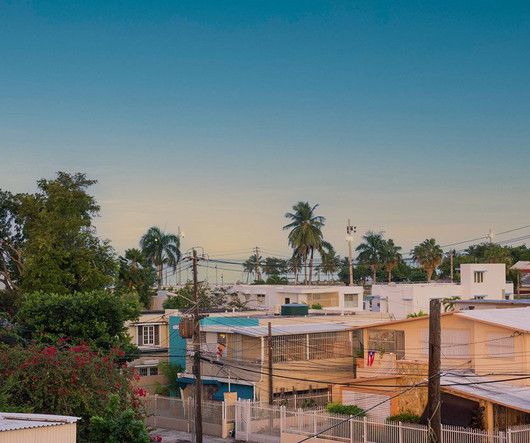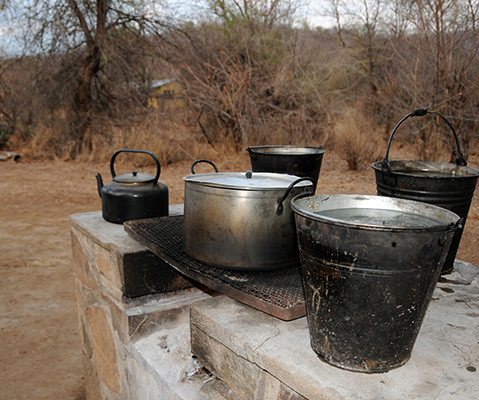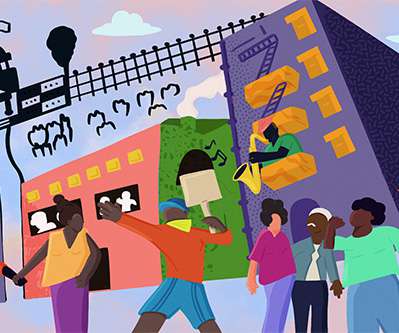Reshaping the Idea of Rural America: Stories from Our Communities
NonProfit Quarterly
MAY 24, 2023
This article is the second in the series Eradicating Rural Poverty: The Power of Cooperation. In America’s rural areas of deep poverty, over 60 percent of the residents are BIPOC. However, in America’s rural areas of deep poverty, over 60 percent of the residents are BIPOC. This disproportionality demands systemic solutions.


















Let's personalize your content